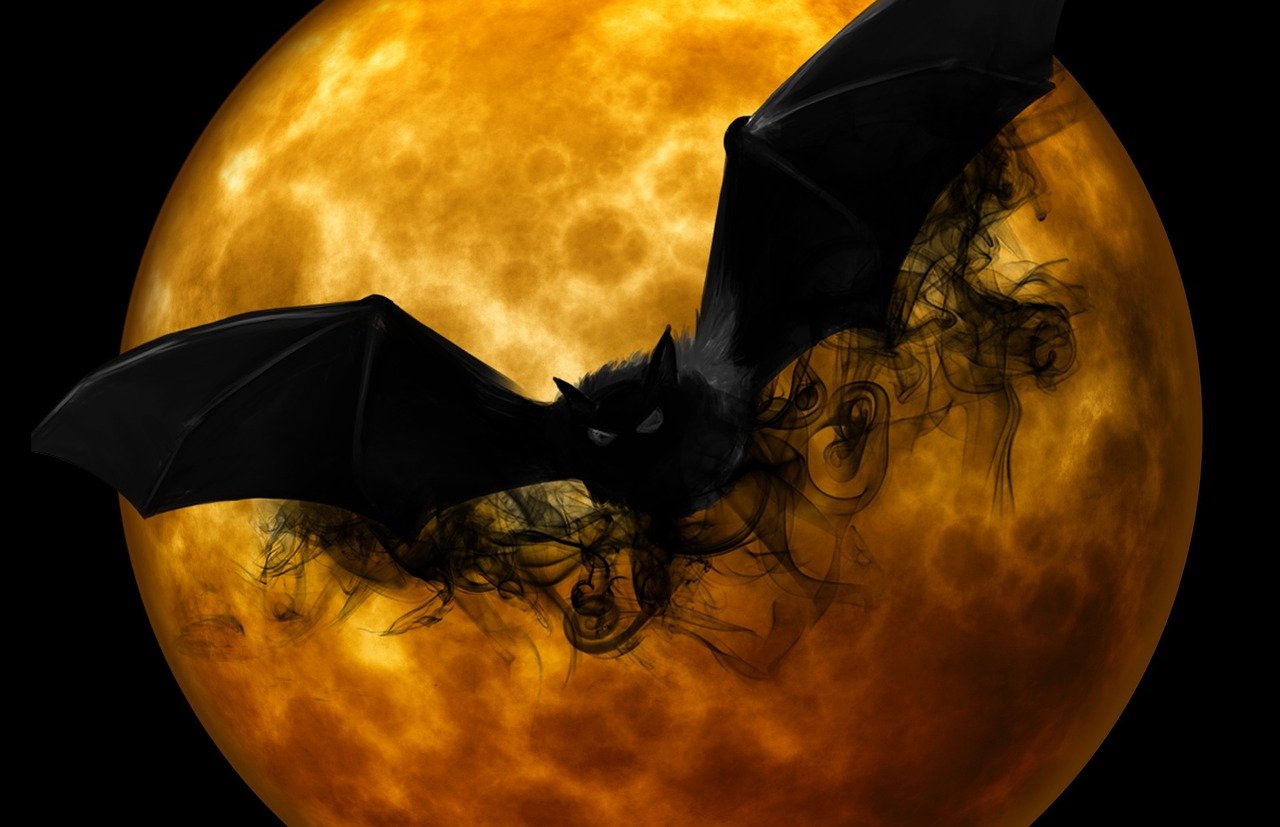Debunking the Myth: Do Bats Really Go After Your Hair?
Bats, the enigmatic winged mammals of the night, have been the subject of myths, legends, and misconceptions for centuries. One such persistent myth is the belief that bats are attracted to human hair, with tales often telling of bats becoming entangled in people’s hair, especially long hair. This article delves into the origins of this myth and uses scientific evidence to debunk it once and for all.
Origins of the Myth
The belief that bats are attracted to human hair likely has its roots in our primal fears and our evolutionary history. Long before we had scientific explanations for natural phenomena, humans had a tendency to attribute mysterious or misunderstood events to supernatural or malevolent causes. Bats, with their nocturnal habits, silent flight, and alien appearance, were the perfect candidates for superstition.
Moreover, in many cultures, hair holds significant symbolic importance, often associated with strength, sexuality, and identity. An attack on one’s hair, whether by bat or otherwise, was seen as an ominous event. Thus, the idea of a bat, a creature often associated with darkness and mystery, becoming tangled in one’s hair is a convergence of several deep-seated fears and symbolisms.
Understanding Bat Behavior
To debunk this myth, it is essential to understand bat behavior. Bats are incredibly skilled fliers. They use echolocation, a sophisticated biological sonar system, to navigate and hunt in the dark. This allows them to detect and avoid obstacles with pinpoint precision, making them unlikely to accidentally fly into stationary objects, including human hair.
Most bats primarily feed on insects or fruit. They have no interest in human hair. In fact, if you’ve ever been close to a bat, you’ll notice they often skillfully dart around, catching insects in mid-air. Their flights might seem erratic or unpredictable to us, but every move is a calculated one, determined by the echoes they receive from their ultrasonic calls.
Why the Close Encounters?
A likely reason for the myth’s persistence is that some species of bats, particularly insectivorous ones, may swoop close to humans while hunting for insects. This behavior can be misinterpreted. When a bat is flying nearby, it’s not aiming for your hair; it’s probably after the mosquito or other insect flying around you.
Additionally, a phenomenon called ‘aeroecology’ explains the interaction between airborne organisms and the environment. Bats, being aeroecological entities, sometimes use drafts created by large objects, including humans, to help lift insects into the air, making them easier to catch1. This could lead to bats flying closer to humans than expected, but not with the intent of targeting their hair.
Scientific Evidence and Studies
A thorough study of bat behavior will reveal that there are no recorded instances of bats seeking out human hair. No scientific literature supports the claim.
In a comprehensive study on bats, Tuttle, an expert in the field, explored various aspects of bat behavior and found that bats are often misunderstood. They’re more interested in finding food and a safe roost than exploring human hair2.
Moreover, most bat species are incredibly shy. Human-bat interactions are usually accidental, often occurring when a bat mistakenly enters a human dwelling. In such instances, the bat’s primary goal is to escape, not to dive into someone’s hair.
Addressing the Fear
It’s important to address the underlying fear associated with bats. Bats are not aggressive towards humans. Even in the rare instances when bats might carry diseases like rabies, they are not inclined to attack. Like most wild animals, they are more scared of us than we are of them.
Bats play a crucial role in our ecosystem. They help control pest populations, pollinate flowers, and spread seeds. Dispelling myths about them is essential not only for their protection but also to foster understanding and appreciation of these remarkable mammals.
Conclusion
Like many myths, the belief that bats are attracted to human hair is rooted in misunderstandings and age-old fears. Through a closer examination of bat behavior and biology, it becomes clear that these creatures have no interest in our hair. They are skilled fliers, adept hunters, and play an essential role in maintaining ecological balance. By educating ourselves and others, we can replace fear with knowledge and admiration.






